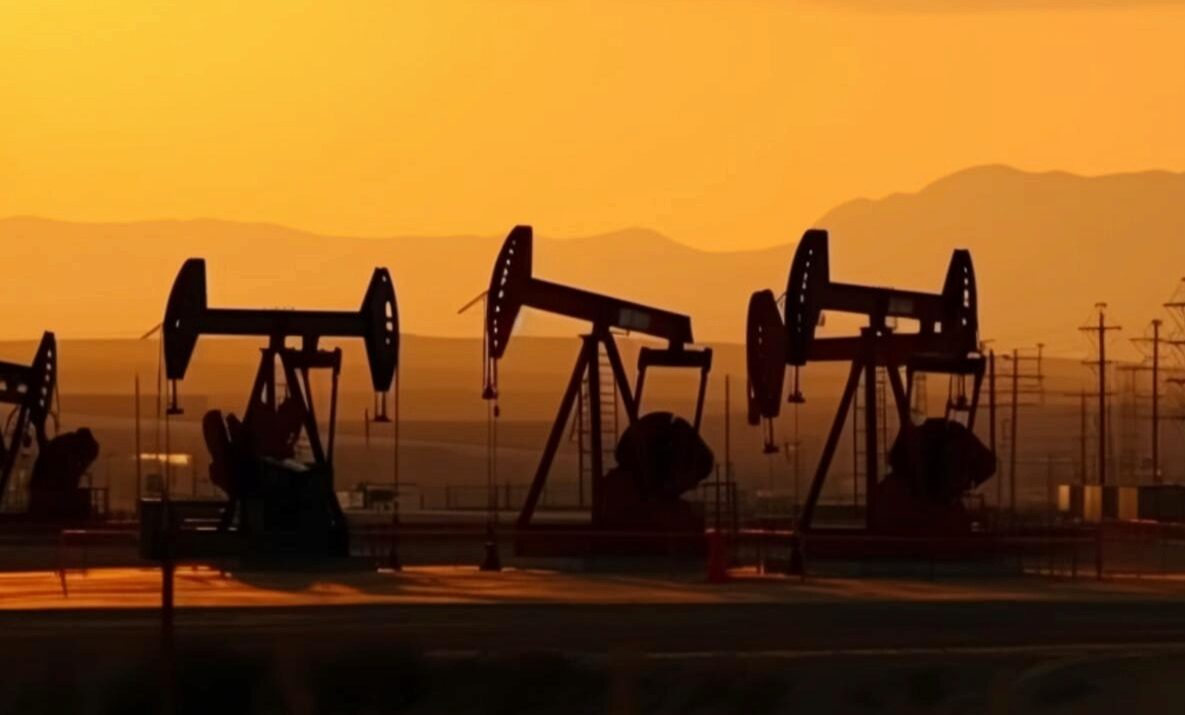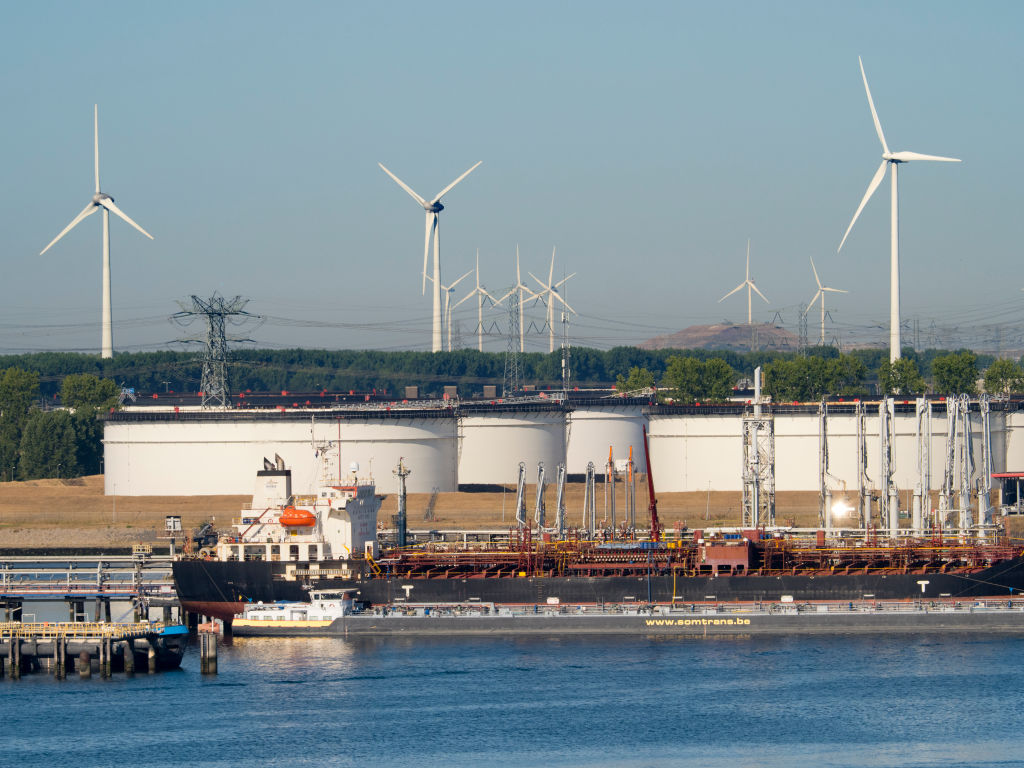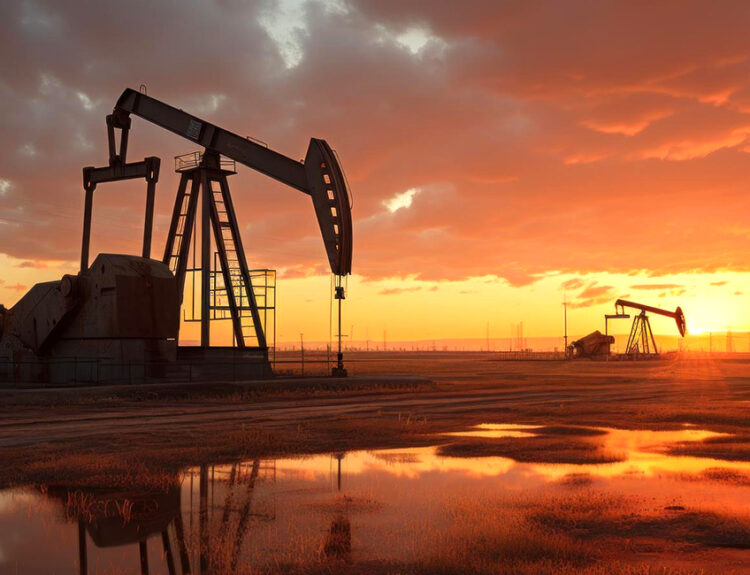A week after the latest OPEC+ meeting, an unexpected trend has emerged: oil prices are falling. Such meetings are typically aimed at raising prices through coordinated market actions by OPEC countries and their allies within the oil-exporting cartel. This is an intriguing signal, not only because it reflects future oil prices but also because it indicates broader implications for the global economy and potential geopolitical scenarios.
Following the meeting of ministers from OPEC and allied countries (the so-called OPEC+) in Riyadh on 2 June, the price of Brent crude oil dropped by nearly $8 compared to its peak in the last week of May. This sharp reaction is clearly a direct response to the meeting, as no other significant events occurred in the first week of June.
The signal, though somewhat weak, was clear: eight OPEC+ countries announced their intention to gradually restore the supply of the 2.17 million barrels per day that they had previously voluntarily limited to support prices. This cessation of voluntary restrictions is to occur over 12 months, with the pace depending on market conditions during that period.
This is quite unusual, isn’t it? The restrictions are set to be lifted in a way that prevents oil prices from becoming purely market-driven, aiming to keep them artificially high. Yet, traders believe that oil prices will continue to fall.
In fact, it was announced that certain restrictions would continue: a reduction of 3.66 million barrels per day until the end of 2025 and a cut of 2.2 million barrels per day for three months until the end of September 2024. However, OPEC+ will gradually end the reduction of 2.2 million barrels per day over the year from October 2024 to September 2025, rather than from 2025 as initially expected.
Oil Barons Eye $100
One hundred dollars per barrel of Brent crude oil is the sweet dream of oil barons, traders, Gulf state leaders, and also of Putin and his generals, who use oil revenues to fund their war in Ukraine. When oil prices started rising after the COVID-19 price crash in 2020, it undoubtedly bolstered Putin’s regime’s resolve to initiate another war.
Historically, a two-year cycle of prices above $100 preceded Russia’s invasion of Georgia in 2008. More than four years of prices above $100 preceded the annexation of Crimea and the proxy aggression in Donbas (both temporarily occupied territories of Ukraine). Periods of high oil prices have led to a significant increase in oil production outside of OPEC+, primarily in the USA. Consequently, since autumn 2014, Brent crude oil has only briefly exceeded $100 per barrel after the full-scale invasion of Ukraine by Russia. By August 2022, prices had already fallen below one hundred dollars per barrel.
This decline frustrated oil barons, traders, Gulf state leaders, and Putin and his generals. Last autumn, coordinated actions by OPEC+ members temporarily pushed Brent crude above $90 per barrel. Let’s look at the events:
- $94.36 per barrel of Brent crude at the end of September 2023, but went down after
- OPEC+ ministers’ meeting on 1 February
- $77.33 per barrel of Brent crude on 2 February 2024
- Gradual increase ending at $91.17 per barrel of Brent crude on 5 April 2024
- OPEC+ ministers’ meeting on 3 April
- Prices fluctuated around $90 per barrel until 28 April
- Gradual decline in oil quotations
- $83.94 per barrel of Brent crude on 28 May 2024
- OPEC+ ministers’ meeting on 2 June
- $77.52 per barrel of Brent crude on 4 June 2024
- Then a rebound to around $80 per barrel on the last working day of the previous week
In the past six months, OPEC+ has twice set overall and voluntary restrictions, but after some time, the trend returned to a decline. The question is, why?
Immediate and Strategic Factors
OPEC+ set certain benchmarks for the gradual lifting of some oil production cuts, leading to concerns—still largely unfounded—about the impact on the market. Judging by the quotations, traders doubt that the market needs that much oil.
The so-called “voluntary” cuts, primarily by the cartel’s largest producers—Saudi Arabia and Russia—were supposed to end in 2025, not from October this year as stated in the OPEC+ decision. Although the market did not expect this decision, it has reacted accordingly.
Importantly, this comes after oil production and exports in OPEC+ countries increased in May due to higher exports from Nigeria and Iraq. This increase offset the decline in exports from other cartel countries resulting from their current voluntary supply cuts.
Iraq, in fact, violated its obligations, and it ranks second in OPEC for oil production. Besides Nigeria and Iraq, two other major producers, Saudi Arabia and the United Arab Emirates, also breached agreements, albeit less brazenly.
But it’s not just violators increasing oil production. Iran and Venezuela have slightly increased production, but OPEC should not have any complaints against them as they have not exceeded their allocated limits.
So, the game of “who reduces production less than others, and if lucky, increases it” continues. This provides hope that non-market means of influencing oil prices will not be too effective going forward.
However, there are four other factors with a strategic impact. These include economic problems in China, which are likely to reduce oil consumption, and the “green agenda,” which reduces overall demand for fossil fuels. The third factor is the gradual lowering of interest rates by central banks of leading countries, expected to boost economic activity and, consequently, oil demand. However, this third factor is countered by the increasing role of the USA as an oil producer and exporter, driven by the development of new technologies by American oil companies during periods of high prices.
Overall, the trend suggests that oil prices should not rise.
Source: The Gaze







